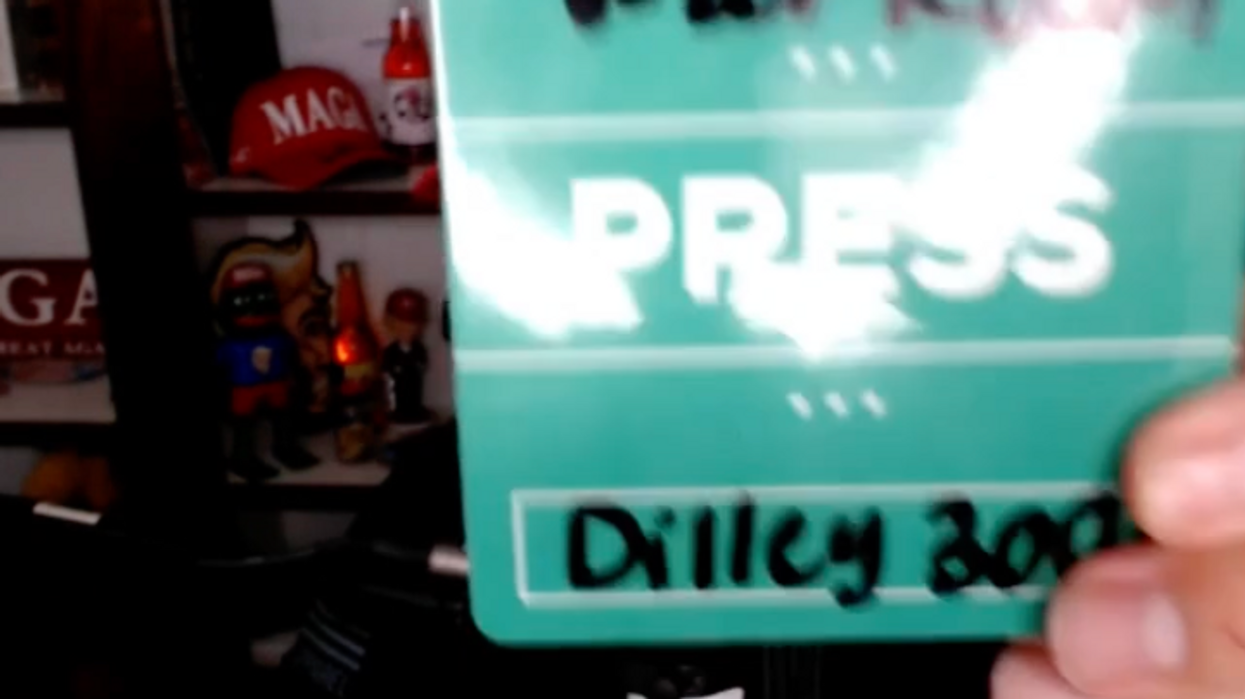
A majority of Americans, and an overwhelming majority of those under 30, now support the legalization of marijuana. The change in public opinion, which has been building for years but has accelerated of late, is now generating policy changes. In 2012, voters in Colorado and Washington State endorsed initiatives legalizing not just the use of cannabis but also its commercial production and sale to anyone over the age of 21.
That goes further than the “medical marijuana” provisions that are now the law in 20 states. Non-medical retail sales started on January 1 in Colorado and will begin in early summer in Washington. Similar propositions are likely to be on the ballot in 2014 and 2016 in as many as a dozen other states, including Alaska, Arizona, California, Nevada, and Oregon, and a legalization bill just narrowly passed in the New Hampshire House of Representatives, the first time either chamber of any state legislature has voted for such a bill.
The state-by-state approach has generated some happy talk from both advocates and some neutral observers; Justice Louis Brandeis’s praise for states as the “laboratories of democracy” has been widely quoted. Given how much we don’t know about the consequences of legalization, there’s a reasonable case for starting somewhere, rather than everywhere. Even some who oppose legalization are moderately comforted by the fact that the federal government isn’t driving the process. “It’s best that this be done state by state,” said Pat Buchanan recently on The McLaughlin Group, “so you can have a national backlash if it doesn’t work out.”
But letting legalization unfold state by state, with the federal government a mostly helpless bystander, risks creating a monstrosity; Dr. Frankenstein also had a laboratory
Cannabis consumption, like alcohol consumption, follows the so-called 80/20 rule (sometimes called “Pareto’s Law”): 20 percent of the users account for 80 percent of the volume. So from the perspective of cannabis vendors, drug abuse isn’t the problem; it’s the target demographic. Since we can expect the legal cannabis industry to be financially dependent on dependent consumers, we can also expect that the industry’s marketing practices and lobbying agenda will be dedicated to creating and sustaining problem drug use patterns.
Cannabis, even as an illegal product, is already cheaper than beer as a means of getting intoxicated. As a legal product, it would be much, much cheaper, unless taxes or production limits keep prices high. That would matter most to juveniles and to heavy users: precisely the groups whose consumption we’d least like to see soaring.
The trick to legalizing marijuana, then, is to keep at bay the logic of the market—its tendency to create and exploit people with substance abuse disorders, and to facilitate drug heavy use with low prices. So far, the state-by-state, initiative-driven process doesn’t seem up to that challenge. The taxes are high as a percentage of price, but that won’t matter much if prices collapse under competitive pressure. The industry’s marketing efforts will be constrained only by rules against appealing explicitly to minors (rules that haven’t kept the beer companies from sponsoring “Extreme Fighting” on television). And there’s no guarantee that other states won’t create even looser systems.
What’s needed is federal legislation requiring states that legalize cannabis to structure their pot markets so as to prevent their capture by commercial interests. There are any number of ways to do that, so the legislation wouldn’t have to be overly prescriptive. States could, for instance, allow marijuana to be sold only through nonprofit outlets, or distributed via small consumer-owned co-ops. The most effective way, however, would be through a system of state-run retail stores.
There’s plenty of precedent for this: states from Utah to Pennsylvania to Alabama restrict hard liquor sales to state-operated or state-controlled outlets. Such “ABC” (“alcoholic beverage control”) stores date back to the end of Prohibition, and operationally they work fine. Similar “pot control” stores could work fine for marijuana, too. A “state store” system would also allow the states to control the pot supply chain. By contracting with many small growers, rather than a few giant ones, states could check the industry’s political power (concentrated industries are almost always more effective at lobbying than those comprised of many small companies) and maintain consumer choice by avoiding a beer-like oligopoly offering virtually interchangeable products.
Though legalization has made headway in states with strong initiative provisions in their Constitutions, it’s been slow going in other states in which legalization has to go through the legislature, where anti-pot law enforcement groups can easily block it. So it could be many years before legalization reaches the rest of the country or gets formal federal approval that removes the stigma of (even unpunished) law-breaking from cannabis users. Rather than wait, legalization advocates might be willing to accept something short of full commercialization; some of them actually prefer a noncommercial system. Meanwhile, those who have been opponents of legalization heretofore might—with the writing now on the wall—decide that a tightly regulated and potentially reversible system of legal availability is the least-bad outcome available.
The current political situation seems anomalous. Public opinion continues to move against cannabis prohibition, but no national-level figure of any standing is willing to speak out for change. That’s unlikely to last. Soon enough, candidates for president are going to be asked their positions on marijuana legalization. They’re going to need a good answer. I suggest something like this: “I’m not against all legalization; I’m against dumb legalization.”
Mark Kleiman is a professor of public policy at the University of California Los Angeles. He has consulted for the state of Washington on marijuana legalization. This post is adapted from a featured article in the current edition of The Washington Monthly.
AFP Photo/Theo Stroomer


